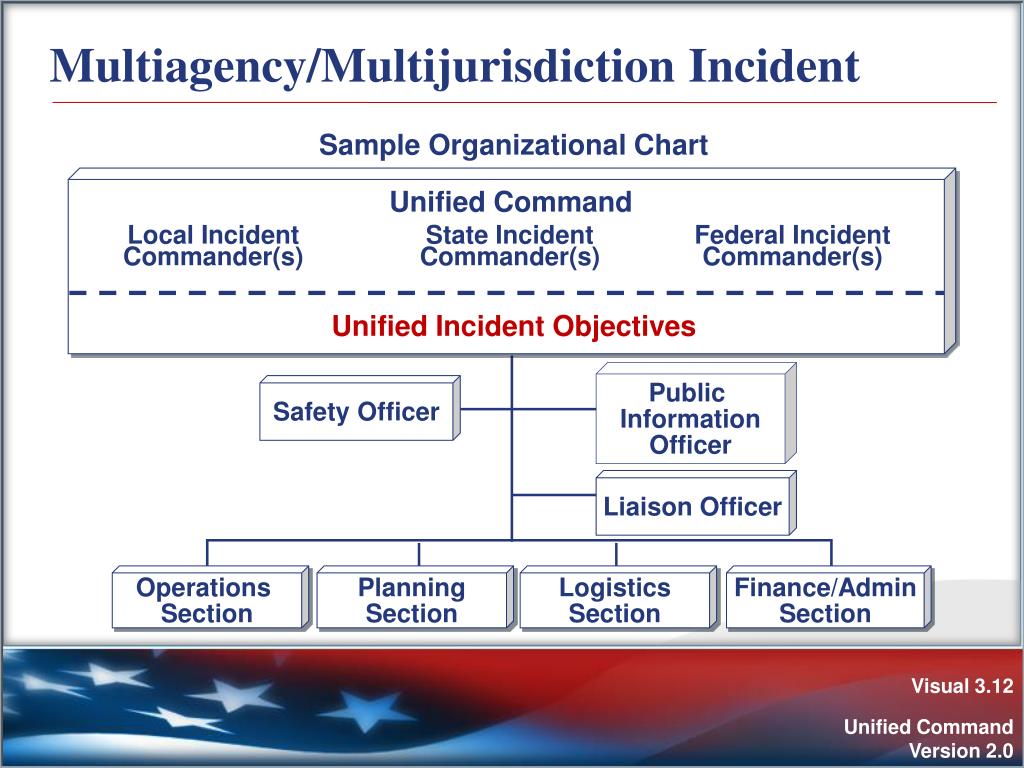

User: Which of the following correctly describes NIMS? Weegy: A systematic approach to incident management correctly describes NIMS. Weegy: The need for confidentiality can complicate information sharing among emergency personnel. User: The need for _ can complicate information sharing among emergency personnel. User: Which major NIMS Component describes recommended organizational structures for incident management at the operational and incident support levels? Weegy: Command and Coordination recommended organizational structures for incident management at the operational and incident support levels.
Coordinate the multiple aid from interagencies like: USFS, BLM, BIA, state, county, city and volunteer fire/emergency resources.Weegy: All Stakeholders should be involved in communications planning. Provide other command assistance as requested by agency/jurisdiction. Maintain contact with state fire marshal and ERC. Establish Incident Command Post and operational plan if not already accomplished. Obtain delegation of authority if requesting agency desires Team to assume operational control and/or under unified command to allow all affected jurisdictions shared responsibility. Obtain briefings and guidelines for level of involvement from requesting agency and/or prior Incident Commander. staging officer – oversees all acquisition, release and distribution of resources.ĭuties in a US fire-fighting scenario. transportation officer – oversees all ambulance movement, priority, identity, and destination of patients. treatment officer – oversees all treatment and the treatment area. triage officer – oversees all patient assessment, tagging and movement to treatment areas. establish command as well as command centre. usually one of the first officers on scene. Incident Commander – oversees all operations at the incident. The incident command system in a Canadian EMS scenario 2 Duties in a US fire-fighting scenario. 1 The incident command system in a Canadian EMS scenario. In the United States, most agencies use an Incident Commander for the roles and responsibilities as defined under the National Incident Management System as a part of the Incident Command System. The incident commander may, at their own discretion, assign individuals, who may be from the same agency or from assisting agencies, to subordinate or specific positions for the duration of the emergency. Even if subordinate positions are not assigned, the incident commander position will always be designated or assumed. The role of incident commander may be assumed by senior or higher qualified officers upon their arrival or as the situation dictates. The incident commander sets priorities and defines the organization of the incident response teams and the overall incident action plan. 
The incident commander is the person responsible for all aspects of an emergency response including quickly developing incident objectives, managing all incident operations, application of resources as well as responsibility for all persons involved. JSTOR ( August 2010) ( Learn how and when to remove this template message).

Unsourced material may be challenged and removed.įind sources: "Incident commander" – news Please help improve this article by adding citations to reliable sources.

This article needs additional citations for verification.








 0 kommentar(er)
0 kommentar(er)
